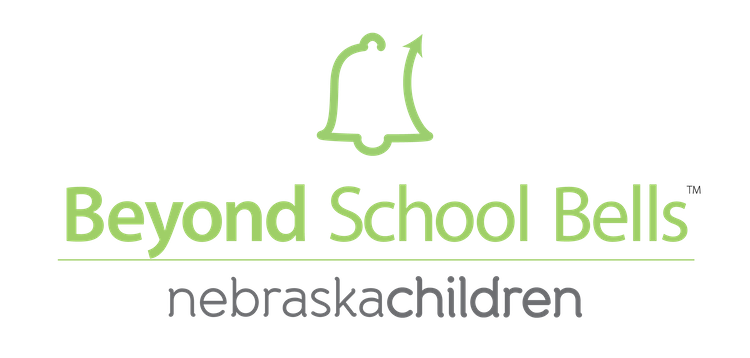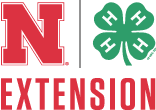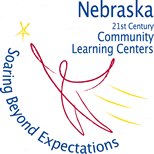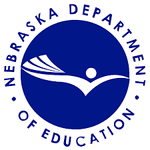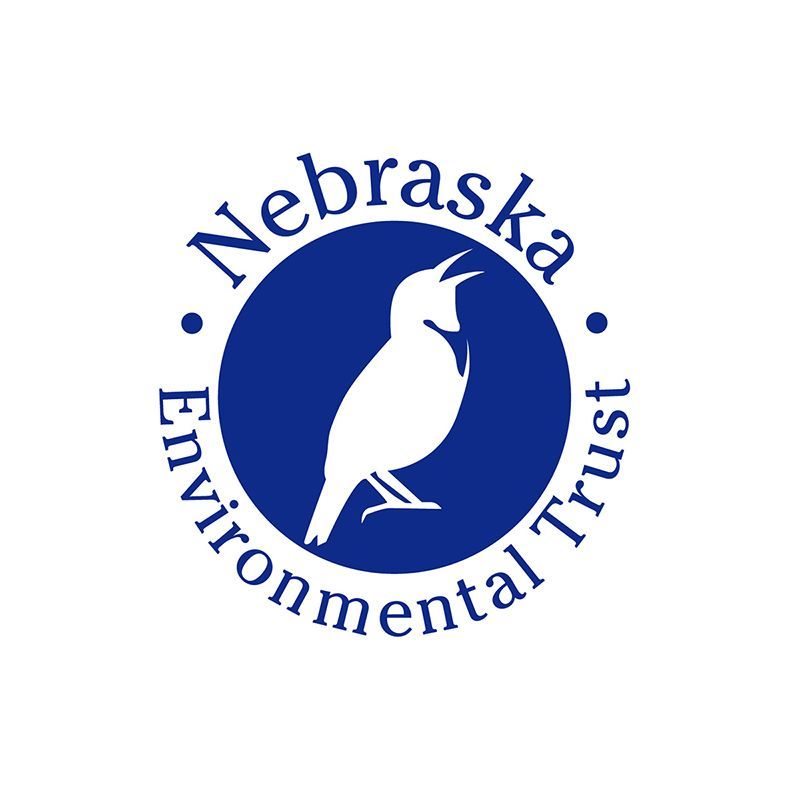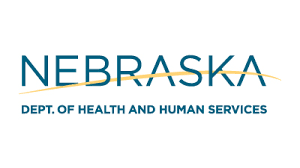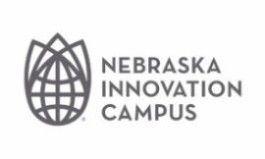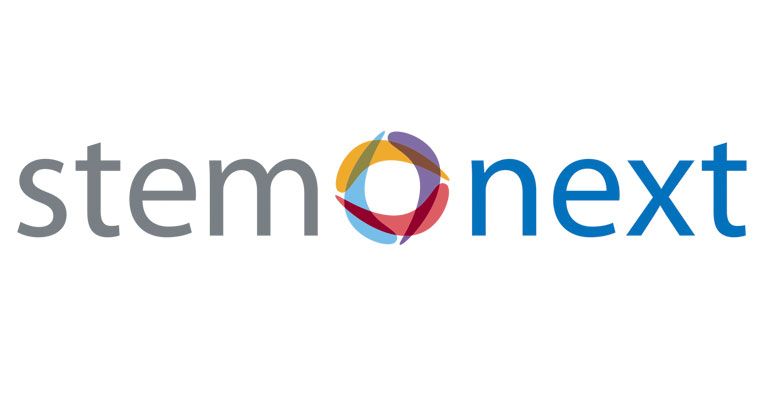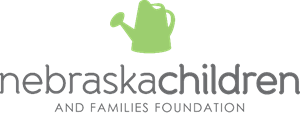Common Elements of Quality
*Nebraska State Board of Education: Policy Statement on ELOs issued September 2013
School-community partnerships and resource sharing High quality ELO programs intentionally build and support collaborative relationships with schools, local community members, leaders, businesses, and organizations that can form important partnerships in program planning and funding.
Engaged, hands on learning High quality ELO program design and activities utilize active, meaningful and engaging learning methods that promote critical thinking and expand student horizons.
Family Engagement High Quality ELO programs have an inviting environment for families, promote positive communication with families, and supports parental involvement in the educational experiences of youth. Regular opportunities for parents to be involved are incorporated into the programming.
Intentional, age-appropriate programming aligned with the school day program High Quality ELO programs include developmentally appropriate academic support and enrichment activities that complement the school curriculum, intentionally links goals and curriculum with 21st century skills and maintain high expectations for all youth.
Diverse, prepared staff from a variety of backgrounds High Quality ELO programs recruit and retain high quality staff and volunteers who are focused on creating a positive learning environment. Staff members are diverse in their backgrounds and are representative of the youth population that is served in the program. Ongoing professional development is provided based on assessed staff needs.
Regular participation and access High Quality ELO programs promote consistent and active participation. Programs embrace and value diversity, and have a conscious commit¬ment to helping all youth thrive by providing inclusive, accessible, responsive, and engag¬ing services. The programs understand, value, and respect the myriad backgrounds and experiences of youth and their families.
Attention to health, wellness and safety High Quality ELO Programs provide a safe, healthy and nurturing environment for all participants. The physical space and the atmosphere the program conveys promote a healthy environment. Aspects of health and nutrition are incorporated into daily programming. The environment encourages both group and individual participation in the program. Programming is supportive, yet has clear boundaries.
On-going assessment and improvement High quality ELO programs utilize data from multiple sources to assess their strengths and weaknesses in order to continuously improve program design, outcomes and impact.
